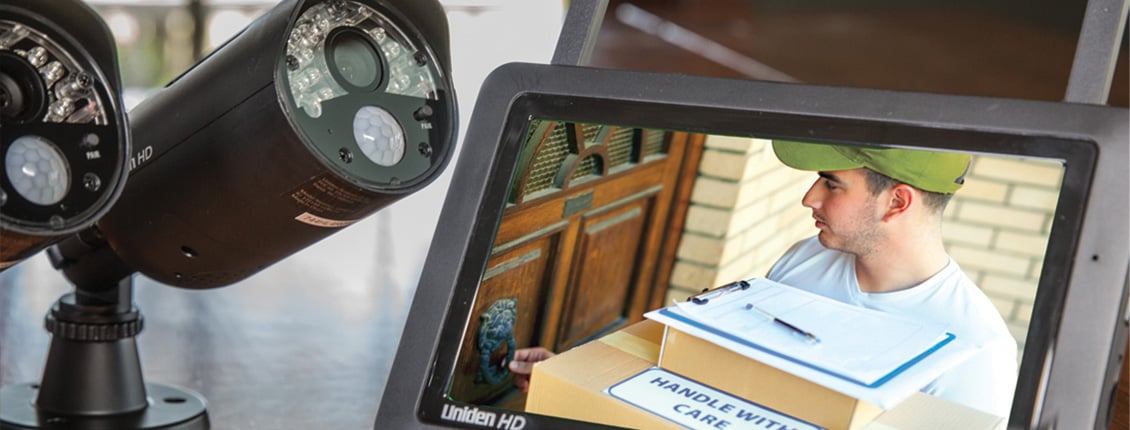
Home automation has been growing in popularity since the early twentieth century. For example, automatic lights and motion sensing provide home owners with a sense of safety, security and the convenience.
Consumers want to make their lives easier. They look for security and convenience as they juggle careers, paying bills and caring for their families. How can you help your make your customers’ lives easier?
Even though home automation is being welcomed with open arms from consumers, (nearly 30% of Americans already own at least one smart home product), there’s still confusion and apprehension surrounding the technology. Consumers want to know how this system will help them and how it would make their lives easier.
So what exactly is it?
What is Home Automation?
Home automation is a system that controls devices in a home from a mobile device anywhere. It uses a combination of hardware and software technologies that enable control and management over appliances and devices.
Homes with this technology are also called smart homes. With this system, consumers can dictate how a device should react, when it should react and why it should react.
(To learn more about smart homes, click here!)
But how does it work?
These systems consist of hardware, communication and electronic interfaces that work to integrate electrical devices with one another. Domestic activities regulate with the touch of a button.
These smart homes have a system of networked, controllable devices working together to make your home more comfortable, customized and secure.
From any remote location, users can do anything that will make their lives easier. They can adjust controls on home entertainment systems, limit the amount of sunlight given to houseplants or change the temperatures in certain rooms. Home automation software connects through computer networks for users to adjust settings on their personal devices.
Benefits of Home Automation
According to this post from Direct Energy, there are many benefits to home automation:
- Control at the fingertips. There are no limitations to what to control and power. Consumers can use the smartphones they already have in their pockets.
- Home automation provides a sense of security. Doors lock, security systems arm, and cameras turn on to create a more secure environment.
- Home automation increases quality of life and removes stress.
- Home automation is energy efficient. It helps home appliances work with the least amount of energy needed.
- Home automation is cost efficient. In a study done by the US Environmental Protection Agency, automatic thermostat control alone saved anywhere from 10%-30% on energy bills.
Popular Starter Products
Most consumers want to enjoy the benefits of home automation. But they may not be sure what to buy. With so many options to choose from, it’s understandable why your potential customers may feel overwhelmed or even frustrated at times.
Getting started on home automation doesn’t have to be overwhelming! For instance, here are some popular starter products for consumers to welcome home automation into their lives:
- Smart lighting. Lightbulbs are one of the easiest (and cheapest) ways to utilize home automation.
- Smart doorbells. These allow consumers to see who is at their door without having to open it.
- Smart locks. Smart locks are an ideal investment for a family’s security system. These locks can be Bluetooth-enabled for easy control access to a home with a smartphone. Others include features like fingerprint and code access and knock-to-open capability.
How Petra Can Help
In conclusion, Petra Industries provides plenty of resources to make your customers’ homes a little bit smarter.
Our SmartestHome™ category on petra.com demonstrates the best products for customer needs. Our quality products range from cameras and security sensors to custom installation smart home integration systems.
Petra’s hassle-free distribution process makes it easy to ship your home automation products from our shelves to your customers.
To look for more information on smart technology, check out two other Petra blog posts—What Is Smart Technology? And Turning any Home into a Smart Home!
